2025-01-03
Hi, my dear customers. We all know that shipping cars is a complex process that requires meticulous preparation of documentation, certifications, and compliance with the regulations of both the exporting and importing countries. Whether you are an automaker, a dealer, or a logistics company like Jikeship, understanding the specific car shipping documents for each country is crucial to ensure smooth international trade operations.
So, in this article, we can know the key certification requirements for automobile imports in different countries and different regions and provide essential tips to help you to streamline the certification process if you need to.

We must know that automobile import certification is a necessary step in the global trade of vehicles. Each country and region has its own set of regulations regarding safety, environmental standards, and import controls, and our exporters/importers must comply with these regulations to avoid delays or penalties. Certificates of origin, conformity, emission standards, and safety approvals are just a few of the documents required during the shipping and import process.
The role of a freight forwarder, such as Jikeship, is vital in guiding companies through these car shipping documents. Generally speaking, we are very familiar with these documents. Freight forwarders will help you to handle all aspects of the transportation and documentation process and make sure you can get your goods smoothly.
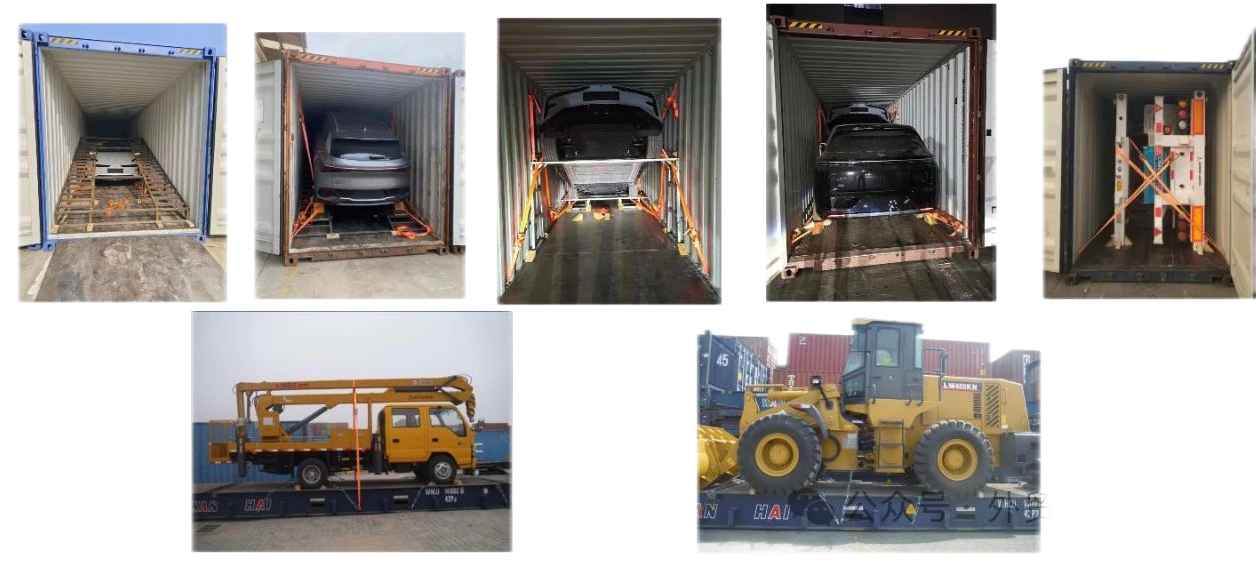
We know that Europe is one of the largest automobile markets in the world. The European Union (EU) imposes very strict regulations on the importation of vehicles to maintain safety and environmental standards. The key car shipping documents include:
European Community Whole Vehicle Type Approval (ECWVTA): It is a certification for various types of motor vehicles and their components. This certification ensures the harmonization of technical, safety, and environmental standards between EU member states. All vehicles imported to the EU from non-EU countries must obtain this certification before being sold or registered.
E/e-Mark certification: E/e-Mark certification: E/e-Mark certification is a product certification for automobiles and motorcycles and their safety parts and components, noise and exhaust gas, etc. The government departments of ECE member countries all have E-mark certificate issuing agencies, and each country's certificates have corresponding numbers. For example, E1-Germany, E2-France, E3-Italy, E4-Netherlands, E5-Sweden, E6-Belgium...
CSMS certification (Cyber Security Management System): This certification reflects that the automobile manufacturer complies with the requirements of the United Nations Economic Commission for Europe Regulation No. 155 (UN R155), which is the world's first mandatory automobile cybersecurity regulation and puts forward clear requirements for the cybersecurity management system of automobile manufacturers. UN R155 was officially released in January 2021, and all new EU models must comply with this regulation starting in July 2022.
CE certification of LVD + EMC directive: For electronic equipment such as charging piles, CE certification of LVD (Low Voltage Directive) and EMC (Electromagnetic Compatibility Directive) is required, which is a mandatory requirement for products under EU law.
REACH certification: EU regulations on the registration, evaluation, authorization, and restriction of chemicals.
Battery passport: From 2027, power batteries imported to Europe must hold a compliant "battery passport" that records information such as the battery manufacturer, material composition, carbon footprint, supply chain, etc.
Customs Duties and Taxation: The EU levies VAT (Value Added Tax) and customs duties on imported vehicles. Importers must present all relevant documentation, including invoices, certificates of origin, and conformity with EU standards.
For non-EU countries like the UK, additional car shipping documents may be required due to Brexit. So I think it’s very important to work with a logistics partner like Jikeship that is familiar with post-Brexit import-export procedures.
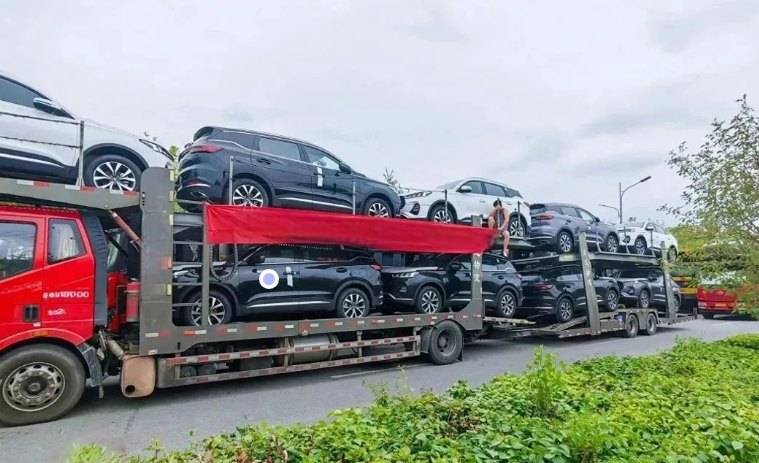
United States:
The primary car shipping documents required for automobile imports to the U.S. are:
DOT certification: certification by the U.S. Department of Transportation, ensuring that vehicles and parts meet U.S. safety standards;
EPA certification: certification by the Environmental Protection Agency, mainly for vehicle emissions. The EPA requires that all imported vehicles meet the required emissions standards. This is especially important for used cars or vehicles that may have been modified before import.
FMVSS certification: Federal Motor Vehicle Safety Standards certification, covering many vehicle safety issues, such as braking, collision protection, etc.;
CARB certification: If imported to California, CARB certification by the California Air Resources Board is also required.
Customs Declaration: All vehicles entering the U.S. must be declared to U.S. Customs and Border Protection (CBP), along with proof of ownership and origin.
Canada:
Mexico:
Brazil: LCVM (environmental protection), CAT (safety), INMETRO (energy consumption label and parts certification), and emission regulations have been upgraded to L7.
Argentina: Automobile model construction license (Licencia de construcción de modelo de vehículo) issued by the Argentine Ministry of Industry.
Peru: Supreme Decree No. 058 (Peruvian National Vehicle Regulations).
Chile: Generally 3CV certification. That is the automobile product type approval system (safety report + local emission test).
Iran: VOC (Verification Of Compliance) certification, mainly based on some standards of ECE EU certification;
Saudi Arabia: Need to meet the standards of the Gulf Cooperation Council for Arab States Standardization Organization (GSO) and Saudi Arabian Standards, Metrology and Quality Organization (SASO).
Israel: Compulsory certification; provide reports and certificates for required tests.
The seven Gulf countries and northern Iraq all recognize GCC certification, and GSO regulations are enforced in the six Gulf countries.
| Consult Specific Car Shipping Documents |
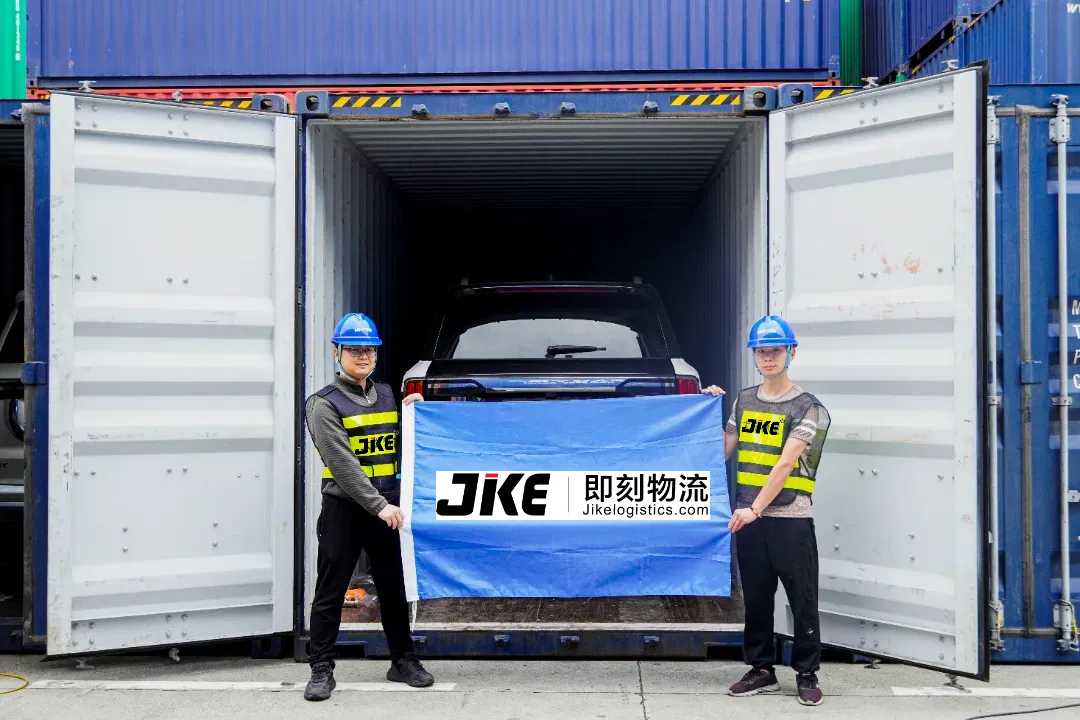
Thailand: Complete vehicle-TISI certification + DLT registration = access qualification (a system in which the United Nations UN ECE and the local standard TISI standard run in parallel), auto parts-TISI certification.
Malaysia: Product access certification is carried out in accordance with the United Nations UN ECE system, and noise and emissions (power consumption and cruising range) need to be tested locally.
Singapore: You can choose one of the internationally accepted automobile safety certification systems and conduct all required type certification tests.
Indonesia: Local testing and certification are required.
Vietnam: For each batch and model of imported vehicles, documents, the actual vehicle, and a vehicle inspection test are required.
Philippines: ICC certification is generally used.
Australia:
VSS vehicle certification (obtaining the identification plate).
ADR compliance: All vehicles must comply with the safety and environmental standards defined by the ADR, including crash tests, braking performance, and exhaust emissions.
Customs and quarantine clearance: Vehicles must undergo quarantine inspections to ensure that they are free of pollutants and meet environmental requirements.
Import license: An import license is required and must confirm the origin, condition, and compliance of the vehicle with Australian regulations.
| Consult Specific Car Shipping Documents |
South Korea:
Pass the three certifications of safety, environmental protection, and fuel consumption labels managed by the Ministry of Land, Infrastructure, and Transport (MOT), the Ministry of Environment (MOE), and the Ministry of Industry (MOI). The Korean Ministry of Environment will provide subsidies to models that pass the appraisal test, and the amount of subsidies varies according to the policy.
Japan: Japan is known for its strict vehicle importation regulations, which prioritize safety, emissions, and quality.
Compliance with Japan’s Safety Standards (JIS): Vehicles must adhere to the **Japan Industrial Standards (JIS), which outline safety and performance requirements.
Emissions Testing: Imported vehicles must pass Japan’s emissions test to ensure they meet the country’s environmental standards.
| Consult Specific Car Shipping Documents |

India:
Compliance with AIS (Automotive Industry Standards): Vehicles must comply with Indian automotive standards set by AIS, including safety, emissions, and noise control.
Central Motor Vehicle Rules (CMVR): Imported vehicles must comply with CMVR, which includes vehicle construction, labeling, and safety rules.
Africa:
Africa presents a diverse range of markets with varying levels of development and regulation in the automobile sector. While some African countries have relatively straightforward certification processes, others have more complex requirements. Car shipping documents for most African nations include: Certificate of Conformity: Similar to other regions, this certifies that the vehicle meets local safety and environmental standards.
Such as Egypt, Algeria, Nigeria, Sudan, etc.: Provide reports or certificates of required tests. In addition, Nigeria requires a COC certificate once a year.
Importers should be aware that in some African nations, used vehicles are subject to age restrictions, so understanding these specific rules is critical for successful trade.
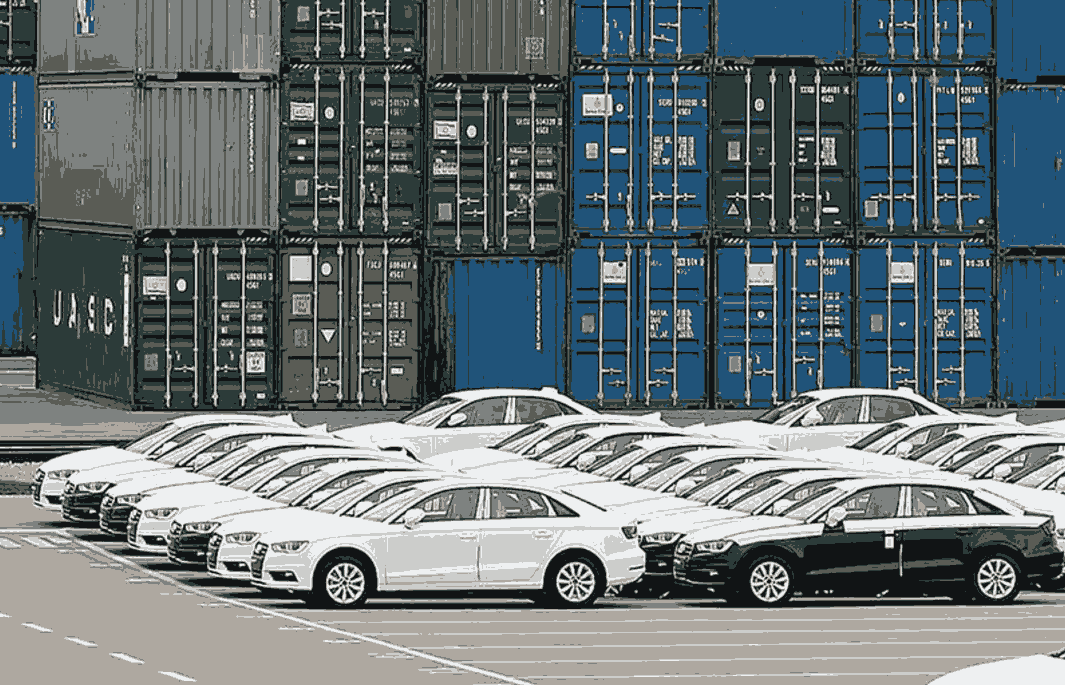
Export Scale: China ranks first in the world with strong passenger car exports.
Export Models: Fuel-powered vehicles are the main export, while pure electric vehicles show incremental growth. The mainstream export brands are domestic Chinese brands.
Export Structure: Russia holds the largest share, while Europe and Southeast Asia are key markets for new energy vehicles. Brazil has seen strong export growth this year.
Brazil: A surge in demand has led to a spike in shipping rates for the South American routes in the short term.
United States (Unfriendly): The impact on car exports is minimal. However, the tariffs on lithium-ion batteries are relatively significant, while tariffs on solar panels and electric passenger vehicles have a minor impact.
Europe (Internal disagreements, with countries like Germany opposing tariffs): In the short term, tariffs may affect the export pace, but the long-term impact depends on how tariffs are implemented.
Mexico (Compromise, heavily influenced by U.S. policies): Significant impact on exports of both auto parts and complete vehicles.
Russia (Most friendly, major destination for Chinese fuel-powered car exports): Limited impact from taxes and tariffs.
Thailand (Friendly and open, a growing Southeast Asian market): Countries in Southeast Asia, including Thailand, Indonesia, and Malaysia, will play a key role in driving the growth of new energy vehicle exports.
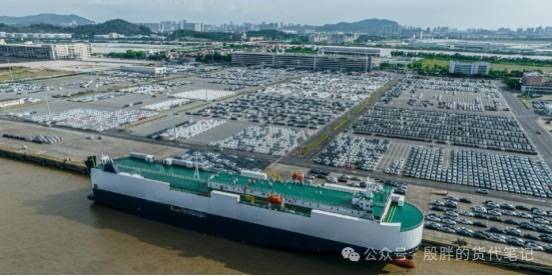
Knowing and complying with the specific car shipping documents of each destination country will make shipping cars simple. However, dealing with complicated car import procedures and documents may give you a headache if you are not familiar with the rules. Don't worry; you still have a reliable partner in Jikeship. We are familiar with the shipping and import rules of each country and can tailor a transportation plan for you, saving you time and reducing transportation costs.
Contact us right now!
| Contact Car Shipping Service from China |
| Consult Specific Car Shipping Documents |

Discover the top 10 freight forwarders in Turkey, offering exceptional logistics solutions for your shipping needs. Find the best freight forwarder in Turkey today!
2024-08-30

When shipping to Venezuela, the average transit time is 3 to 7 days. Due to the distance, all flights will be connected before flying to Venezuela airport.
2022-11-04

When shipping to Uruguay, the average transit time is 3 to 7 days. Due to the distance, all flights will be connected before flying to Uruguay airport.
2022-11-04
We use third-party cookies in order to personalise your experience.
Read our cookie policy